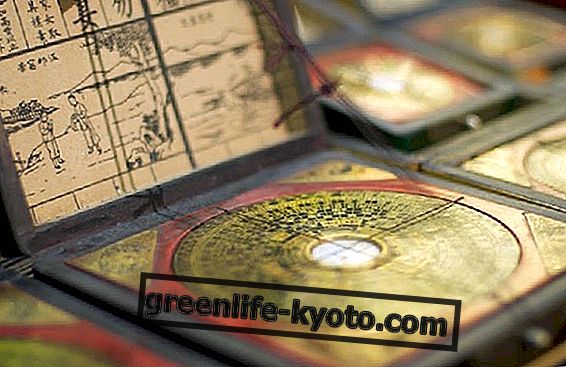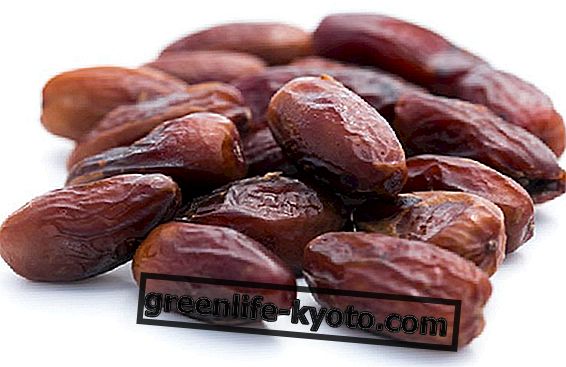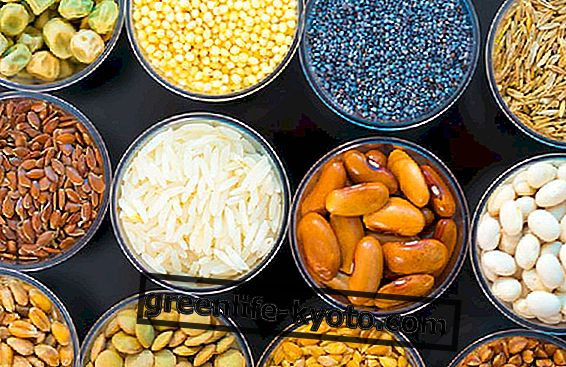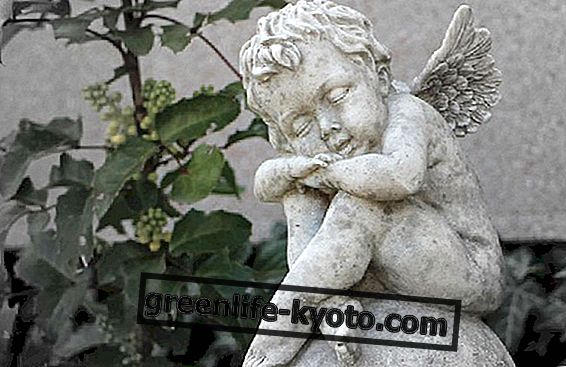
Chestnut cream, the tradition
Loved and appreciated by the mountain and hill communities of all Italy, the chestnut is really considered a precious plant, so important for certain areas that lived times and winters of famine to be considered the "bread tree" .
This variety has experienced alternating successful phases in culture : the abandonment of many rural areas, the waves of parasitic epidemics have contributed over time to negatively influence.
Today, however, we are witnessing a real return to the most conscious interest in conservation and tradition, also in terms of organic farming and homegrown cultivation: many young people "return" to the countryside, to look for chestnut groves and fruit and also to appreciate the tourist value and well-being that certain places in the green bring .
The chestnut cream originates right here, in the houses of the peasants from all over Italy who found in the fruit of the chestnut so many as to be modified and transformed into various sweet and savory recipes.
Chestnut cream recipe
Ingredients:
> 350 g of raw chestnuts (about 200 g of pulp);
> 180 ml of milk;
> a teaspoon of bitter cocoa;
> vanilla essence or vanillin powder;
> 40 g of whole cane sugar;
> a pinch of salt.
Preparation
Boil the chestnuts in a pan full of water for about 40-45 minutes depending on the size, then cut them and peel them carefully.
Put the chestnut pulp in a saucepan, add the milk and let it simmer again for about ten minutes, until they are very soft. Drain the chestnuts and keep the milk aside.
With an immersion blender blend the chestnuts ; pour the milk into a saucepan, add the rest of the ingredients and mix carefully; when cooked, add the chestnut puree, lower the heat and continue stirring for a few minutes, until the desired consistency is reached.
Preservation of chestnut cream
The cream thus obtained is placed in airtight jars, left to cool and stored in the refrigerator for a week at most.
If you wish to prolong the preservation, you can carry out the homemade pasteurization method, boiling the jars beforehand with the respective caps to sterilize them, then proceed with the invasion, pouring the hot and freshly made cream into the dry and boiling jars.
It is closed and left to rest at room temperature, observing well that the vacuum is taking place and that the caps are well closed. So ready the cream is kept in a dark and dry place for about three or four months .
Reference book : "Cuor di castagna. How to use it in the kitchen" by Katia Brentani
Stories of tradition: The site of the municipality of Talamello, in Valmarecchia, an area rich in chestnuts between Tuscany, Emilia, Marche and San Marino, gives us the history of this precious fruit, reporting other special traditional recipes, including which the pattona, the castagnaccio, rice and chestnuts and the chestnut polenta.












